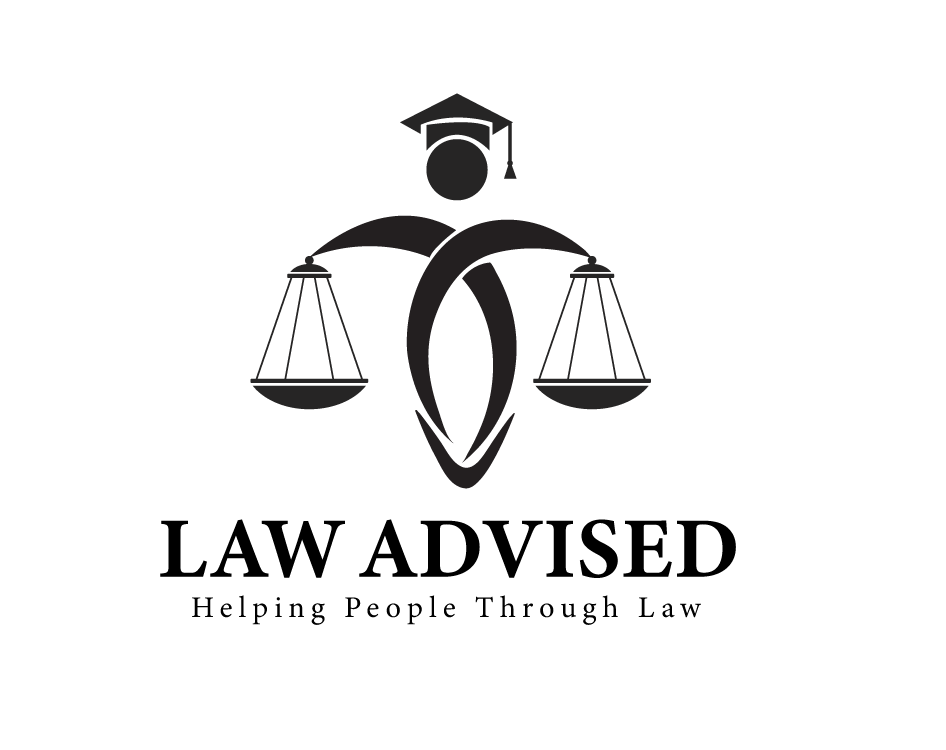Buying a reverse mortgage property can be a great option for seniors looking to tap into their home equity. However, navigating the process can be daunting if you’re not familiar with the details. In this guide, we’ll walk you through the steps involved in purchasing a reverse mortgage property.
Step 1: Understand Reverse Mortgages
Before diving into the buying process, it’s crucial to have a clear understanding of reverse mortgages. A reverse mortgage allows homeowners aged 62 or older to convert a portion of their home equity into tax-free funds without the need to sell their home or make monthly mortgage payments. The loan is repaid when the homeowner moves out of the property or passes away.
Step 2: Identify Your Needs and Goals
Take some time to assess your needs and goals before buying a reverse mortgage property. Consider factors such as location, size, amenities, and accessibility. Determine if you want a single-family home, a condo, or another type of property. This will help you narrow down your search and find a property that meets your requirements.
Step 3: Work with a Reverse Mortgage Specialist
It’s highly recommended to work with a reverse mortgage specialist who can guide you through the buying process. They will assess your eligibility, explain the intricacies of reverse mortgages, and provide expert advice based on your financial situation. A specialist can also refer you to reputable lenders and real estate agents who are experienced in reverse mortgage transactions.
Step 4: Research Reverse Mortgage Lenders
Before choosing a reverse mortgage lender, research your options thoroughly. Compare interest rates, fees, and terms of different lenders. Read reviews and check their credentials to ensure they are reputable. You can also seek recommendations from your reverse mortgage specialist.
Step 5: Find a Qualified Real Estate Agent
Partnering with a qualified real estate agent who has experience with reverse mortgage properties is essential. They can help you find listings that meet your criteria, negotiate on your behalf, and ensure a smooth transaction. Look for agents who specialize in working with senior homebuyers and have knowledge of reverse mortgage guidelines.
Step 6: Begin the Property Search
Now it’s time to start your property search. Utilize online listing platforms and connect with your real estate agent to identify potential properties. Make a list of the ones you’re interested in and arrange viewings. Take note of important factors such as the property’s condition, maintenance costs, and proximity to essential amenities.
Step 7: Review Property History and Disclosures
When you find a property that you’re interested in purchasing, thoroughly review its history and disclosures. Request the property’s history report, which includes information about past renovations, repairs, and any insurance claims. Pay attention to any disclosures provided by the seller regarding potential issues or hazards.
Step 8: Get a Home Inspection
Before finalizing the purchase, it’s crucial to get a professional home inspection. An inspection will reveal any hidden issues or structural problems that may not be immediately apparent. This step ensures that you make an informed decision and can negotiate repairs or purchase price adjustments if necessary.
Step 9: Proceed with the Purchase
If the property passes inspection and meets your requirements, it’s time to proceed with the purchase. Work closely with your reverse mortgage specialist, lender, and real estate agent to navigate the paperwork and financing details. Be sure to carefully review all documents before signing.
Step 10: Close the Sale
Once all the necessary steps are complete, it’s time to close the sale. The closing process involves signing the final paperwork, transferring funds, and officially becoming the owner of the reverse mortgage property. Consult with your reverse mortgage specialist and attorney to ensure a smooth and legally compliant closing.
Frequently Asked Questions Of How To Buy A Reverse Mortgage Property : The Essential Guide
What Is A Reverse Mortgage Property?
A reverse mortgage property is a home that serves as collateral for a loan, allowing homeowners aged 62 and older to convert a portion of their home equity into cash.
How Do I Qualify For A Reverse Mortgage Property?
To qualify for a reverse mortgage property, you need to be at least 62 years old, own a home that is your primary residence, and have sufficient equity in your property.
How Can I Buy A Reverse Mortgage Property?
To buy a reverse mortgage property, you can contact a mortgage lender specializing in reverse mortgages, go through the application process, provide necessary documents, and complete the transaction.
Can I Purchase A Reverse Mortgage Property With A Loan?
Yes, it is possible to purchase a reverse mortgage property with a traditional mortgage loan or other sources of financing. However, the reverse mortgage will take precedence and needs to be paid off first.
Conclusion
Buying a reverse mortgage property can be a straightforward process when you have the right guidance and knowledge. By understanding reverse mortgages, working with specialists, researching lenders, and finding a qualified real estate agent, you can confidently navigate the steps involved in purchasing a reverse mortgage property. Remember to take your time, thoroughly assess properties, and review all documentation before closing the sale. With careful consideration, you can find a reverse mortgage property that suits your needs and enhances your financial well-being.
Ismail Hossain is the founder of Law Advised. He is an Divorce, Separation, marriage lawyer. Follow him.

Leave a Reply